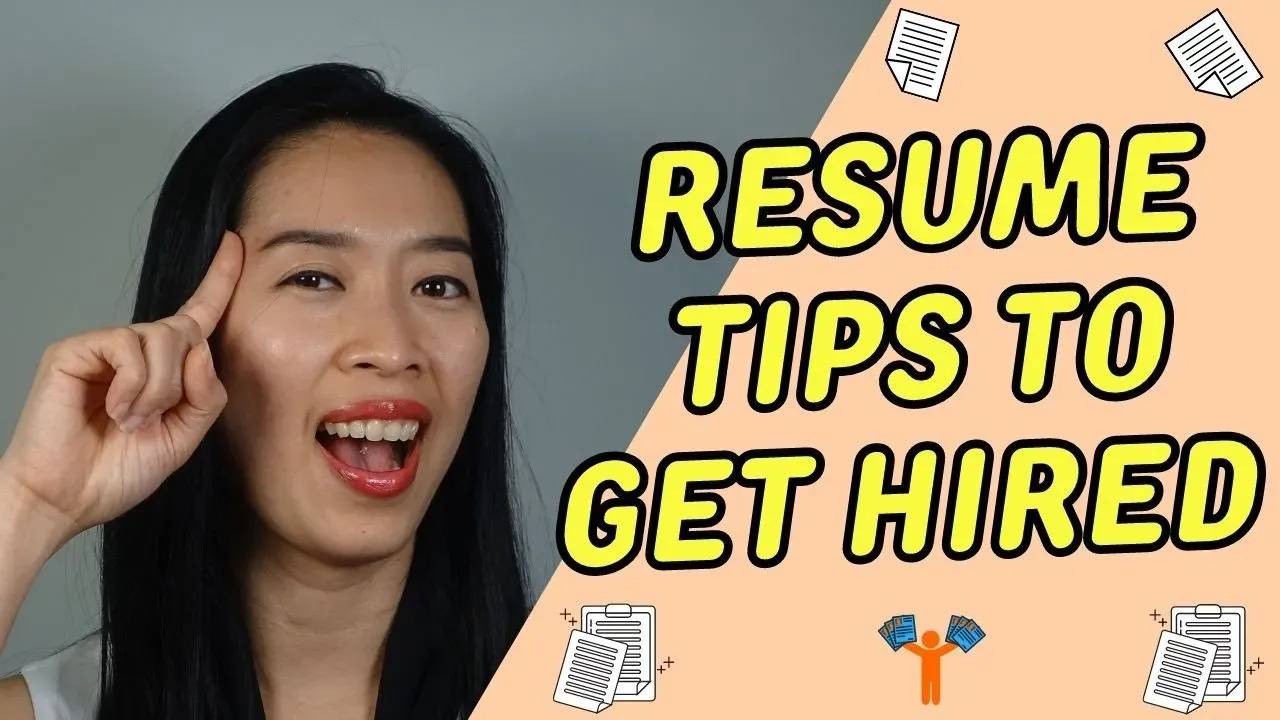Resume Tips to Help International Students Get Hired

Landing a skilled job in Australia as an international graduate can feel like an uphill battle — especially if you don’t have permanent residency (PR) or “local experience.” The truth is, many employers still prioritise candidates who already have Australian work history or full work rights. But here’s the good news: with the right resume strategies, you can stand out and secure interviews even in competitive industries.
I’ve been exactly where you are now — on a temporary visa, no local network, and hearing “we’ve chosen another candidate” more times than I could count. Over the years, I’ve helped hundreds of international graduates and migrants turn their resumes into interview magnets. In this post, I’ll share 3 proven resume tips that have worked for my clients and can work for you too.
Tip 1 — Showcase Achievements, Not Just Duties
One of the biggest mistakes I see on resumes from international students is listing responsibilities instead of results. Hiring managers don’t just want to know what you did — they want to know the impact you made.
Instead of writing:
“Managed the company’s social media platforms.”
Write something like:
“Increased engagement by 145% in 3 months by launching a targeted content strategy.”
Why this works:
Action verbs combined with measurable outcomes instantly make you look more valuable. If you don’t have exact numbers, you can still frame your experience with results-focused phrases like:
- “Helped improve…”
- “Contributed to…”
- “Supported the launch of…”
What if you have no professional work experience?
Your university projects, internships, volunteering, and even part-time roles can count as experience — as long as they’re related to your professional background. For example, a group assignment where you researched market trends and presented recommendations can be written in the same format as a workplace achievement.
Tip 2 — Use a Simple, ATS-Friendly Format
Many international graduates overcomplicate their resumes with fancy designs, graphics, and columns. In Australia, less is more — especially when Applicant Tracking Systems (ATS) are involved.
Here’s what an effective Australian-style resume includes:
- Professional Summary (2–3 lines)
- Key Achievements (2–3 bullet points at the top)
- Work Experience — clearly showing job titles, dates, and employers
- Bullet Points under each role starting with an action verb and ending with a result
- Clean, single-column layout without photos, graphics, or multiple colours
Why this matters:
ATS software scans resumes for keywords and formatting. A simple, text-based layout makes it easy for both the ATS and the hiring manager to read. Remember — you have about 6 seconds to grab attention before a recruiter decides to keep reading or move on.
Tip 3 — Tailor Your Resume for Every Job
Sending the same resume to 50 companies is a fast way to get 50 rejections. Employers can tell when you’ve taken the time to match your skills to their needs.
Here’s how to tailor quickly:
- Mirror keywords from the job description — especially in your summary and skills list.
- Reorder your bullet points so the most relevant achievements appear first.
- Adjust your headline/job title to match the role you’re applying for.
You don’t need to rewrite your entire resume for every application — just move the most relevant content to the top and tweak your wording so it speaks directly to the employer’s needs.
Overcoming the “No Local Experience” Obstacle
One of the most common rejection reasons for international graduates is “lack of local experience.” Employers worry that you won’t be familiar with Australian workplace practices, industry standards, or regulations.
If you’ve just finished your degree, you may not have had the chance to work locally. Here’s how to bridge the gap:
- Highlight projects or internships completed in Australia during your studies.
- Take short courses relevant to your field to demonstrate up-to-date knowledge.
- Research local industry practices and mention them in your applications and interviews.
The key is to prove that you understand the Australian context for your role — whether through formal experience, study, or self-directed learning.
Addressing Visa Concerns on Your Resume
Another sensitive topic is your visa status. While you’re not legally required to disclose it unless asked, some employers may still be hesitant to hire candidates without PR or citizenship.
To build confidence:
- If you have full work rights, mention it in a small note at the end of your resume.
- Be ready to discuss your PR pathway during interviews, showing that you have a plan in place.
You can’t change your current visa type overnight, but you can present yourself as a stable, long-term investment.
Why Presentation Matters More Than You Think
Whether you have one year of experience or ten, your resume’s job is to make an immediate case for why you’re worth interviewing. This means:
- Leading with your strongest points — not burying them halfway down page two.
- Removing anything irrelevant to your target role.
- Using consistent formatting to keep the document easy to scan.
Final Thoughts
A strong resume is more than a list of jobs — it’s a marketing tool designed to sell your skills, experience, and potential. If you’re an international graduate, you may face extra challenges, but those challenges are not impossible to overcome. Many of my clients have landed skilled jobs in just weeks once their resumes clearly demonstrated their value.
If you’ve been applying for months with little to no response, your resume may be the problem. Don’t keep sending out the same document and hoping for different results.
Ready to create a resume that gets interviews?
Download my Skilled Job Starter Kit — it’s free and designed specifically for international students and migrants in Australia. You’ll get:
- An ATS-friendly resume template
- Plug-and-play bullet points
- Tips to avoid the most common migrant mistakes


